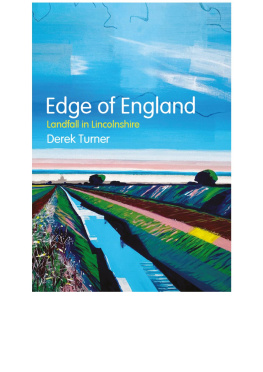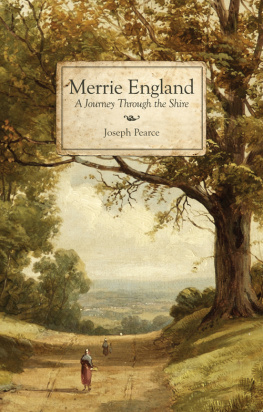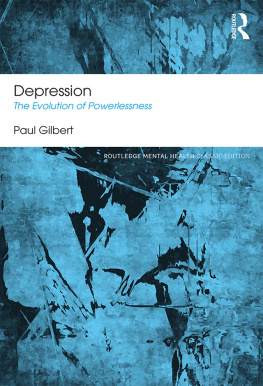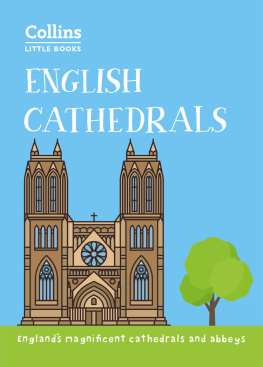CATHEDRAL CITIES
OF
ENGLAND
CANTERBURY
THE BAPTISTERY AND CHAPTER HOUSE
CATHEDRAL CITIES
OF
ENGLAND
BY
GEORGE GILBERT
ILLUSTRATED BY W. W. COLLINS, R.I.
colophon
NEW YORK
DODD, MEAD AND COMPANY
1908
Copyright, 1905
BY DODD, MEAD AND COMPANY
Published October, 1905
THE UNIVERSITY PRESS, CAMBRIDGE, U. S. A.
CONTENTS
| Page |
| " |
| " |
| " |
| " |
| " |
| " |
| " |
| " |
| " |
| " |
| " |
| " |
| " |
| " |
| " |
| " |
| " |
| " |
| " |
| " |
| " |
| " |
| " |
| " |
ILLUSTRATIONS
[Click directly on any of the images to see them enlarged. (note of etext transcriber)]
| Canterbury, The Baptistery and Chapter House |
| " | from the Meadows | Page |
| " | Christchurch Gateway | " |
| " | Cathedral, Interior of the Nave | " |
| " | The Norman Stairway | " |
| Durham, Framwellgate Bridge | " |
| " | from the Railway | " |
| " | Interior of Cathedral, looking across the Nave |
| " | into South Transept | " |
| " | Elvet Bridge | " |
| " | Cathedral, the Western Towers | " |
| Lichfield Cathedral. The West Front | " |
| Oxford. Christ Church, Interior of Nave | " |
| " | " Gateway | " |
| Peterborough Cathedral. The West Front | " |
| " | The Market Place | " |
| St. Albans. The Cathedral from the Walls of Old Verulam | " |
| Wells Cathedral and the Pools | " |
| " | The Cathedral from the Fields | " |
| " | The Ruins of the Banqueting Hall | " |
| Worcester. The Cathedral | " |
| Chichester Cathedral from the North-East | " |
| Chester. East Gate Street | " |
| " | The Rows | " |
| " | St. Werburgh Street | " |
| " | Bishop Lloyd's Palace and Watergate Street | " |
| Rochester. The Cathedral and Castle | " |
| Ripon. The Cathedral | " |
| Ely Cathedral. The West Front | " |
| " | The Market Place | " |
| " | Cathedral, Interior of Nave | " |
| " | from the Fens | " |
| Gloucester Cathedral. Interior of the Nave | " |
| " | The Old Parliament House and Cathedral | " |
| " | Cathedral from the Paddock | " |
| Hereford Cathedral. The North Transept | " |
| Lincoln Cathedral by Moonlight | " |
| " | The Steep Hill | " |
| " | Cathedral. The West Towers | " |
| Bath. Pulteney Bridge | " |
| Salisbury. High Street Gateway into the Close | " |
| " | The Market Cross | " |
| " | The Cloisters | " |
| " | The Cathedral | " |
| Exeter Cathedral from the Palace Gardens | " |
| " | Mol's Coffee Tavern | " |
| " | Cathedral. Interior of the Nave | " |
| Norwich. The Market Place | " |
| " | The thelbert Gate | " |
| " | The Cathedral from the North-East | " |
| St. Paul's and Ludgate Hill | " |
| York. Stonegate | " |
| " | The Shambles | " |
| " | Bootham Bar | " |
| " | Monk Bar | " |
| " | Micklegate Bar | " |
| Winchester Cathedral. The North Aisle | " |
| " | from St. Catherine's Hill | " |
| " | The Cathedral from the Deanery Garden | " |
| " | St. Cross | " |
| Westminster Abbey. The North Transept | " |
CATHEDRAL CITIES OF ENGLAND
Introductory
IN the following accounts of the Cathedral Cities of England, technical architectural terms will necessarily appear, and to the end that they should be comprehensive, I give here a slight sketch of the origin of the various forms, and the reasons for their naming, together with dates; and to the end that I may supply a glossary of easy reference, I place as side headings in this introduction the various expressions which will be met with throughout the book.
This, I hope, may relieve the reader of the tedium of having to turn to books of reference at each moment, and being subjected to a constant reiteration of the terms, which must necessarily be frequently employed.
The Cathedrals of England may be said to comprise illustrations of Anglo-Saxon, Gothic, and Norman, with their variations and combinations.
Constantine, A.D. 306-337.Romanesque.With the establishment of Christianity, more especially when recognised in Rome during the time of Constantine, arose the marvellous development of architecture, founded upon the basis of classical remains. This "Romanesque," as this period of architecture came to be called, permeated later the whole of Western Europe.
Basilica.Relieved from immediate fear of persecution, the Christian architects straightway commenced to convert the "basilica" remains to suit the requirements of the "New Faith." The Basilica, as its derivation from the Greek ("the royal house") implies, "was the King's Bench" of the Romans. It was a long rectangular building, with sometimes rows of columns introduced to divide the space into a nave and aisles. One end terminated in an "apse," of semi-circular formation, where the judge and his assessors were accustomed to sit. This apse the Christians utilised as a chancel. The approach to the building was the "atrium," or forecourt, somewhat similar to the English Cathedral cloister, but differently situated.
A chief characteristic of the Roman buildings was the "round arch," mainly composed of brick or stone work. This the Romans for many years had used more in a decorative way than for utility, but which became of more structural significance in the hands of the Christians.
Romanesque.Sixth to Twelfth Century.In this wise, from the remains of the Basilica, with the further development of the "round arch" to the "semi-circular arch," the Christian Romans gradually evolved the style of architecture called "Romanesque," i.e., in the Roman Style. This style became prevalent throughout Western Europe from the beginning of the sixth to the close of the twelfth century. In process of time transepts were added and the choir prolonged, giving the outline, as it were, of a cross, the Holy Symbol of Christianity.
Anglo-Saxon.500-1066.Thus Romanesque may be said to be the fountain-head of Anglo-Saxon, Norman Proper, Anglo-Norman, and Gothic Architecture.












